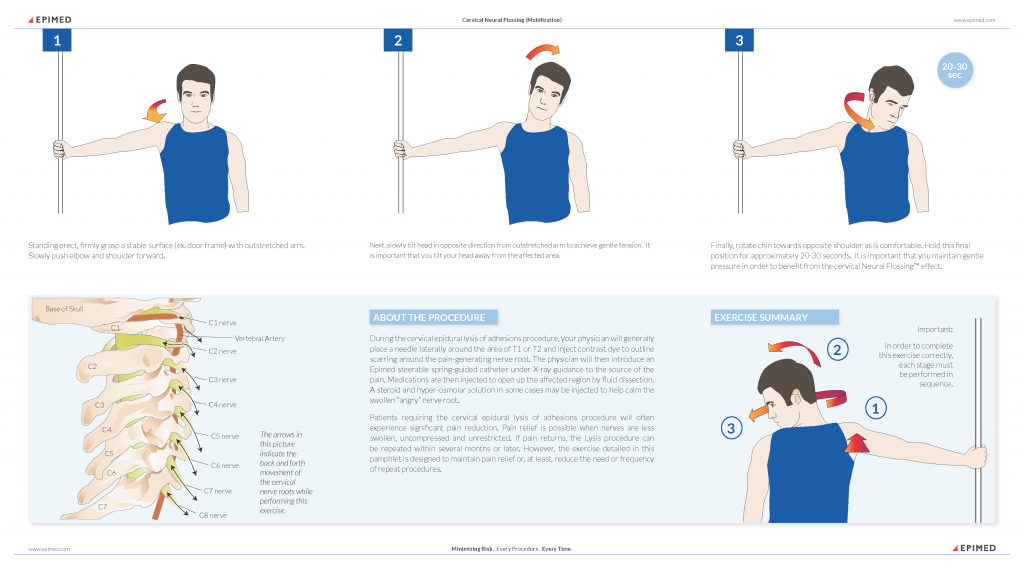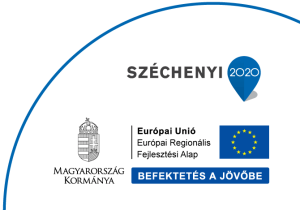What is epidurolysis?
Percutaneous epidural adhesiolysis, also known as the Racz procedure a minimally invasive pain procedure that uses a special catheter to free up nerve roots in the spine.
Who is it for?
It`s for patients who have back pain with or without leg pain, and neck pain with or without arm pain that may arise from disc herniation, nerve root impingement and epidural fibrosis. Patients must try and fail physical therapy prior to invasive pain procedures.
What are the results?
About 80% of the patients who did not have previous back surgery become symptom free. Patients with previous surgery and epidural scarring are more challenging, but this may be the only procedure that leads to sustained -even is not complete- relief.
How we do it
The procedure is performed in the OR under sterile conditions. We perform an epidurogram, which is a dye that is injected in the spinal canal. This helps further specify the diagnosis. Then a unique, steerable catheter is directed to the problem area under fluoroscopy guidance to calm the painful nerve by inflammation reduction and dissipation of scar tissue. The catheter remains in place for 18 hours and medication is infused over it three times. The patients are then kept in the hospital overnight.
What can patients expect during and after the procedure
Epidurolysis is done under local anesthesia with the patient lying on their stomach. The patients also receive intravenous sedation and analgesia, which makes the procedure easy to tolerate.
The patients are monitored with EKG, blood pressure cuff and blood oxygen-monitoring device.
Once the catheter is removed, you can return to your normal activities.
Physical therapy and neuroflossing is the next critical component to further ensure improved, lasting recovery.
Neural Flossing
Healthy nerves should move freely within the body to ensure proper blood supply, fluid exchange and nutrition. A helpful and effective method of re-nourishment is routine stretching and exercise.
The movement of healthy nerves within the spinal canal should not hurt, but pain is often felt when they are restricted, swollen or “angry”. Nerves can become irritated and swollen when they are compressed, such as by a bulging disc, an osteophyte, or scar formation following surgery or leaking disc. Restrictions can also be caused by the presence of scar tissue. As individual nerve roots exit the vertebrae, they pass through an opening called the neural foramen. During the exercise of the head and neck, the nerves will move slightly in and out of the foramen. When nerve movement is compromised, this normal sliding movement is no longer possible. The Lysis procedure is designed to release tension on the nerve, restore mobility and thereby reduce the radiating pain. Movement of the head and neck or the legs can open up or make the neural foramen larger.
The following stretching exercise is designed to compliment the clinical procedure. They help to regain and maintain the movement of the nerves in and out of the spinal canal. This type of exercise-induced nerve root movement is referred to as Neural Flossing™.

Although results may not occur immediately, the benefit of this stretching exercise is paramount. Increased flexibility and strength may emerge after one month. It is important to perform this exercise with increasing duration from 20 to 25 to 30 seconds. The prolonged or sustained stretch of the affected nerve results in pulling the nerve through the foramen maintaining a clear pathway. This exercise should be carried out two to three times a day. For chronic pain sufferers, this stretching exercise should be continued indefinitely to prevent the restriction of affected nerve roots and the resulting return of pain.
There may be other components of your pain originating from the small joints (facet joints) in the cervical spine. This type of pain may limit the rotation and movement of the neck. This pain may need to be addressed separately by nerve blocks, radiofrequency of the nerves going to these joints, regenerative medicine and physical therapy.
Before initiating the exercise, one should dress in comfortable, non-restrictive clothing. This will allow the stretching to be correctly performed and provide the patient with the full benefits of the Neural Flossing™ technique.
Source:
https://fajdalomklinika.hu/wp-content/uploads/2024/07/PB-50-4S1-74.pdf
https://fajdalomklinika.hu/wp-content/uploads/2024/07/202124359-367.pdf
https://fajdalomklinika.hu/wp-content/uploads/2024/07/201316185-196.pdf


